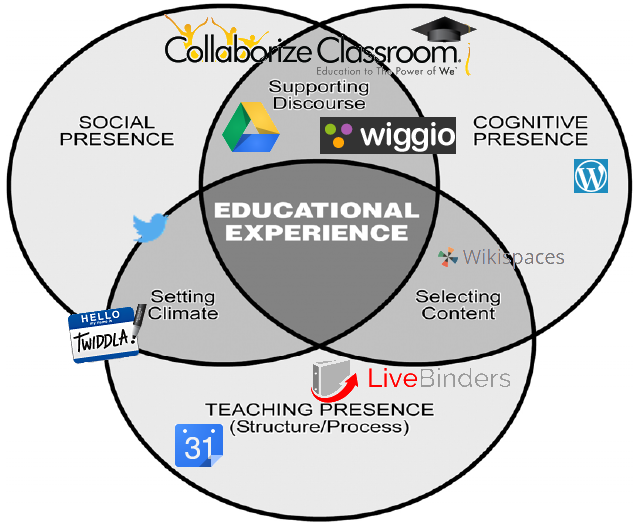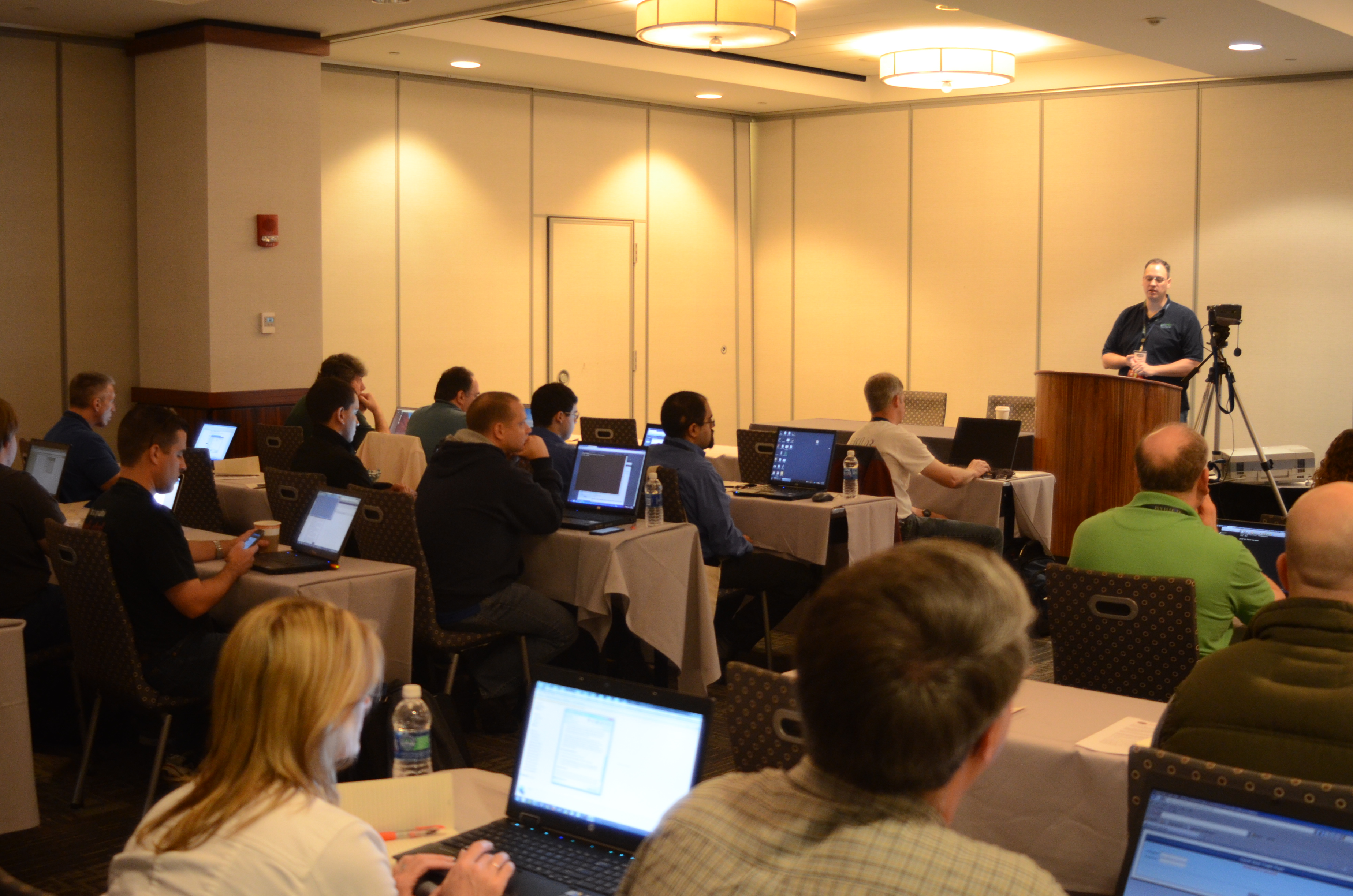1) I have a lot to learn about design – and I definitely know what I don’t like
I am attracted to tools with a well-designed interface first and foremost. I got suckered into spending more time then I should have playing around with tools that just didn’t do what I needed them to simply because of a clean interface. On the other hand, I struggled with some good tools with clunky interfaces, but for the most part dropped them before really giving them a thorough review.
After spending days investigating tools and criticizing them, I had to turn my eye back to my work-related LMS build. I immediately started seeing design choices that would have aggravated me if I had first seen them in another context. I’ve since cleaned up and streamlined some of my work-related course builds.
I know that I have a lot to learn about designing for the online space – most notably about streamlining and minimizing design elements. The non-LMS build really helped me to see that.
2) I am much more comfortable in an LMS – but I know branching out is necessary
The non-LMS build was very difficult for me. I kept comparing LMS and non-LMS tools, which was not really the point of the activity. The point was to find the strong non-LMS tools and try them out. I struggled every time I couldn’t identify immediately what data a tool collected or where it was hosted. Eventually I gave up my strangle-hold on the idea of Canadian-hosted servers only, and branched out to find some pretty cool tools.
The more I think about this, the more I realize that I view LMSs as “safe” spaces – little electronic bubbles. Of course, that isn’t necessarily true, and no LMS can do all of things being demanded by 21st century teachers and students. While it is important to be mindful of where data is going and how it is being used, that shouldn’t stop us from utilizing the best tools to get the best outcomes for students.
3) I am not good at learning online – but I’m getting better
I struggle with many of things we have discussed throughout OLTD – burnout, disorganization, multitasking, and being self-motivated. I find it much too easy to put my online course on “pause” when my job gets hectic, or when something in my personal life demands my attention. I’ve learned (the hard way) that simply scheduling time is not enough for me, I need my calendar to pop up and remind me to take that time – and I need to sit in a space with few distractions.
I’ve found the lack of weekly synchronous sessions for OLTD 504 especially difficult to deal with. This final week I realized I have been half a week off from where I should have been for the majority of the course. In my professional life I have never needed micro-managing, and I survived a 5 year double-degree program with an extremely hectic course schedule, but haven’t seemed to find my groove when it comes to online learning. What gives?
I think the experience struggling with learning online will make me a better online teacher, however. The subjects I was best at tutoring were those I had to struggle to learn originally. To go back to learning theory – I had to build my own scaffolds and construct my own knowledge so my foundation was much stronger. I’m still actively trying to get online learning to “click” for me – but it is getting better.
4) I believe in ePortfolios – I just don’t like mine
I’ve been trying to get my artifacts together for my ePortfolio and am realizing how powerful they can be. I spent hours going through assessments, thinking about what I was supposed to learn and if I felt I had learned it. After that I had to validate why I thought I learned it – or think about why I didn’t and what I could have done differently. Building my ePortfolio has been a rewarding metacognitive experience.
My biggest issue with my ePortfolio right now is that seems very static. I would love to integrate my Twitter feed into it somehow, and maybe document and pull in more the evidence from my work life. I want my ePortfolio to be more active, and more holistic. I haven’t figured out the best way to do that yet, but I will continue to work on it. I feel like there are some specific skills I need to improve on (like working with webpages and HTML design) that I need to learn before I can really make my ePortfolio shine.
OLTD 504 has been a bit of a struggle for me, and pushed me out of my comfort zone more than I expected. This course has exemplified the need to “keep up” with the latest tech, tools and learning theories, and this program as a whole is giving me the drive and skills necessary to do so.
Bring it on 505!






